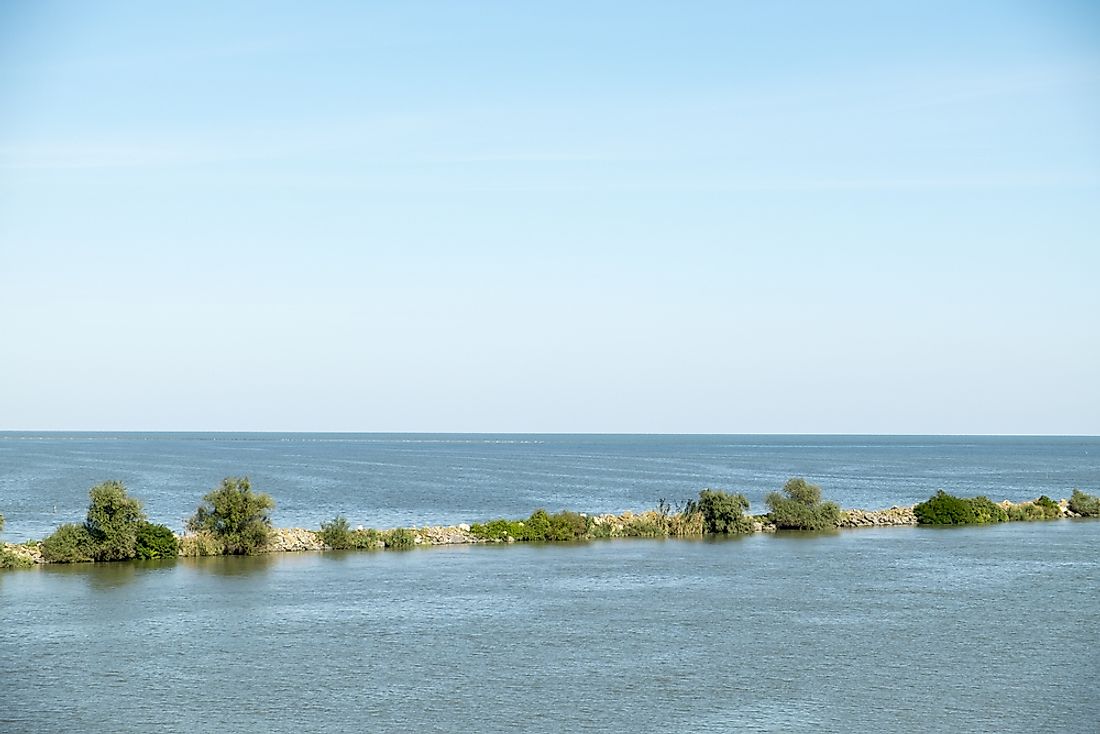What Is Euxinia?

When parts of an ocean are depleted of oxygen, hydrogen sulfide is formed. These water depleted of oxygen is known as anoxic waters. Anoxic waters will then combine with the hydrogen sulfide in the water. This is referred to as euxinia. Euxinia is attributed to factors such as high levels of carbon dioxide in the air and high temperatures. This explains why euxinia is rampant in episodes of volcanic outgassing. Although euxinia is not common in this age, it still occurs in the North Sea fjords and silled basins like the Black Sea.
Occurrence of Euxinia
The key components needed for euxinia are sulfate ions, organic matter, and bacteria. All these three components should exist in absence of oxygen. The bacteria reduce the sulfate ions to form hydrogen sulfide. The water will, therefore, be filled with hydrogen sulfide thereby resulting in sulfidic waters. When this anoxic waters combine with the hydrogen sulfide, the result is euxinia or an euxinic condition. Periods of global warmth promote euxinia due to the high temperatures and reduced solubility of oxygen.
Causes of Euxinia
The leading cause is ocean stratification. When the deep saline waters are trapped behind sills and overlain by fresh waters, a stratified water column is created. Presence of organic matter on the surface causes oxidation and hydrogen sulfate is formed in the deep waters.
Another cause of euxinia is nutrient trapping, which is affected by changes in sea levels. Deeper sills, occasioned by a change in sea levels allow nutrient-rich water to enter basins leading to euxinia. Rising sea levels also exacerbate stratification by causing large amounts of deep water to enter the sills hence enhancing estuarine circulation.
Global warming is characterized by warm temperatures which lead to less oxygen supply to the deep ocean. It also expedites the hydrologic circle which in turn speeds up the supply of nutrients and organic matter to the ocean.
Effects of Euxinia
Euxinic events cause dead zones in water bodies. Aquatic organisms die due to the deprivation of oxygen and poison occasioned by hydrogen sulfide. The hydrogen sulfide poison is also believed to have depleted the ozone layer causing an increase in UV radiation. The process of oxidation and reduction causes the formation of other metals such as barium, lead, magnesium, and iron. When such metals encounter oxygen, poisoning occurs. Such poisons can cause malformation of marine macrofossils.
Areas Affected by Euxinia
The Black Sea is characterized by a stratified water column, a conducive factor euxinia. When rivers drain the fresh water into the Black Sea, the water floats on the dense Mediterranean water. The resulted stratification is maintained by a layer that separates the deep deoxygenated waters from the oxygenated surface water. Hydrogen sulfate is then formed in the deep waters.
The North Sea Fjords are also a common ground for euxinia. Constriction to the open sea prevents the fresh oceanic and fjord waters from mixing. The stratified layers formed as a result, constrict oxygen to the surface water only. Examples of fjords that have suffered anoxic events are the Framvaren and Mariager Fjords.
The Cariaco Basin in Venezuela is also said to have encountered euxinic conditions over ten thousand years ago.











